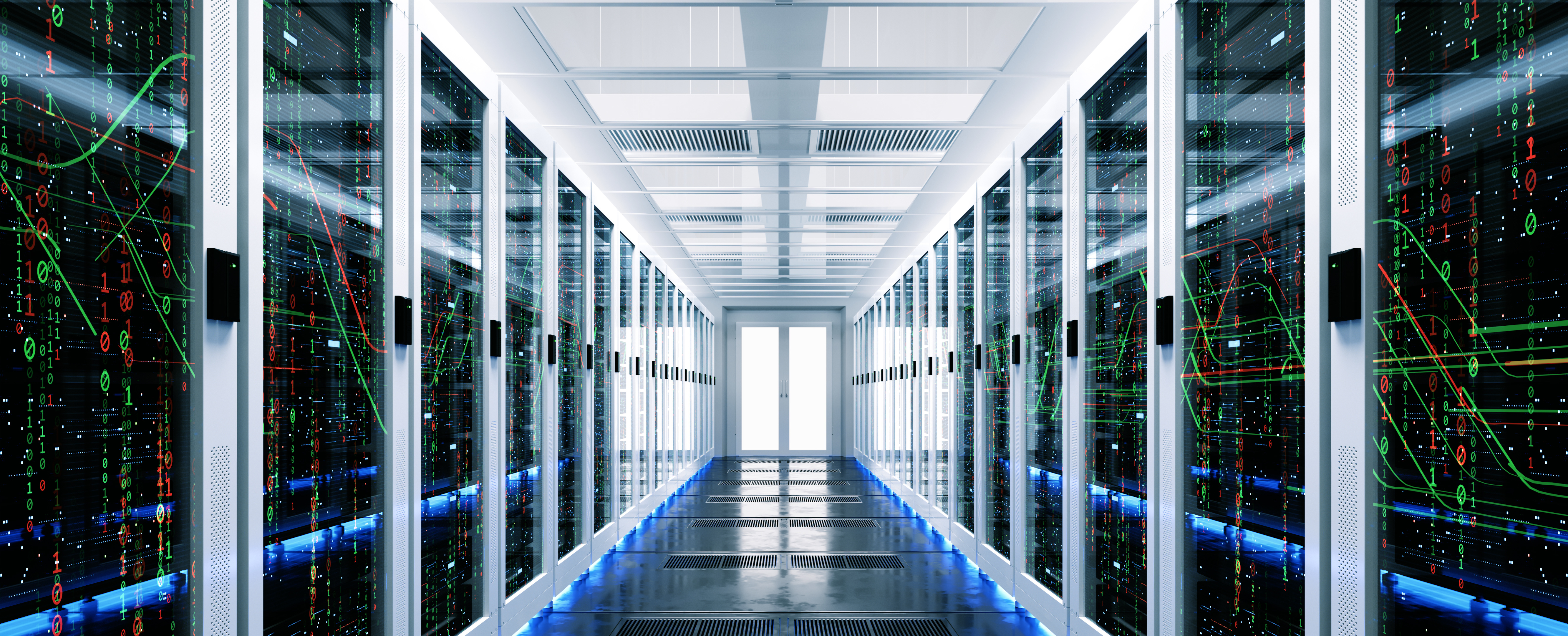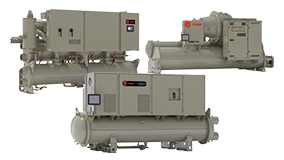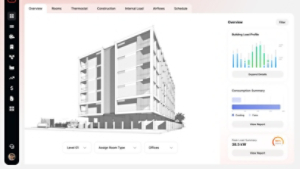The Future of Data Center Energy Use: Mastering Complexity with Artificial Intelligence
October 07, 2019

It’s one of the biggest paradoxes of our time: The world needs to build more energy-intensive data centers to meet growing demand. Meanwhile, it has become imperative to reduce carbon emissions to put the brakes on climate change. It’s both a challenge and an opportunity to introduce technologies that could transform building energy use forever—across all sectors—including machine learning and artificial intelligence.
Innovative HVAC approaches including hyper-efficient chillers and free cooling systems are prime considerations for improving data centers’ Power Usage Efficiency (PUE). Whatever systems are installed, precision control gained through data center infrastructure management (DCIM) is critical to maximizing the efficiency advantages.
But is DCIM’s potential to reduce energy use being hindered by our own human limitations? Is deeper energy efficiency being held back by tradition, process and presumptions? In a typical data center today, engineers optimize system performance based on what they know about the equipment, and their experience or hypothesis about how systems respond under specific time-and-place conditions encompassing weather, occupancy and use. But even with top engineers making the programming decisions, human intelligence has limitations. Machine learning and artificial intelligence could be the game changer that brings us to the next generation of energy efficiency in an industry that’s determined to make every kilowatt count.
Artificial intelligence has infinite capacity to master system complexity, manipulating intricate chiller plant sequences to optimize energy use under endlessly dynamic real-time conditions. It can analyze hundreds of “what if” scenarios, instantly, to arrive at the best action. Sometimes, AI’s decisions seem to supersede human logic.
Early adopters are managing any risk by putting reins on AI and reviewing system decisions before they’re put into play. During one pilot program, AI advised facility operators to run the chiller in a situation when they would have normally relied on free cooling. Curious, and willing to give AI the benefit of a doubt, operators followed the advice. Later, engineers were astonished to see that, under those specific conditions, it took less energy to operate the chiller than to run the free cooling pumps.
We’re just now beginning to see what it all means at a few test sites.
These are important and interesting days, as experts representing diverse building and technology sectors work together to find solutions that can bring environmental and IT objectives into alignment to create a climate safe, digital world.





































































































